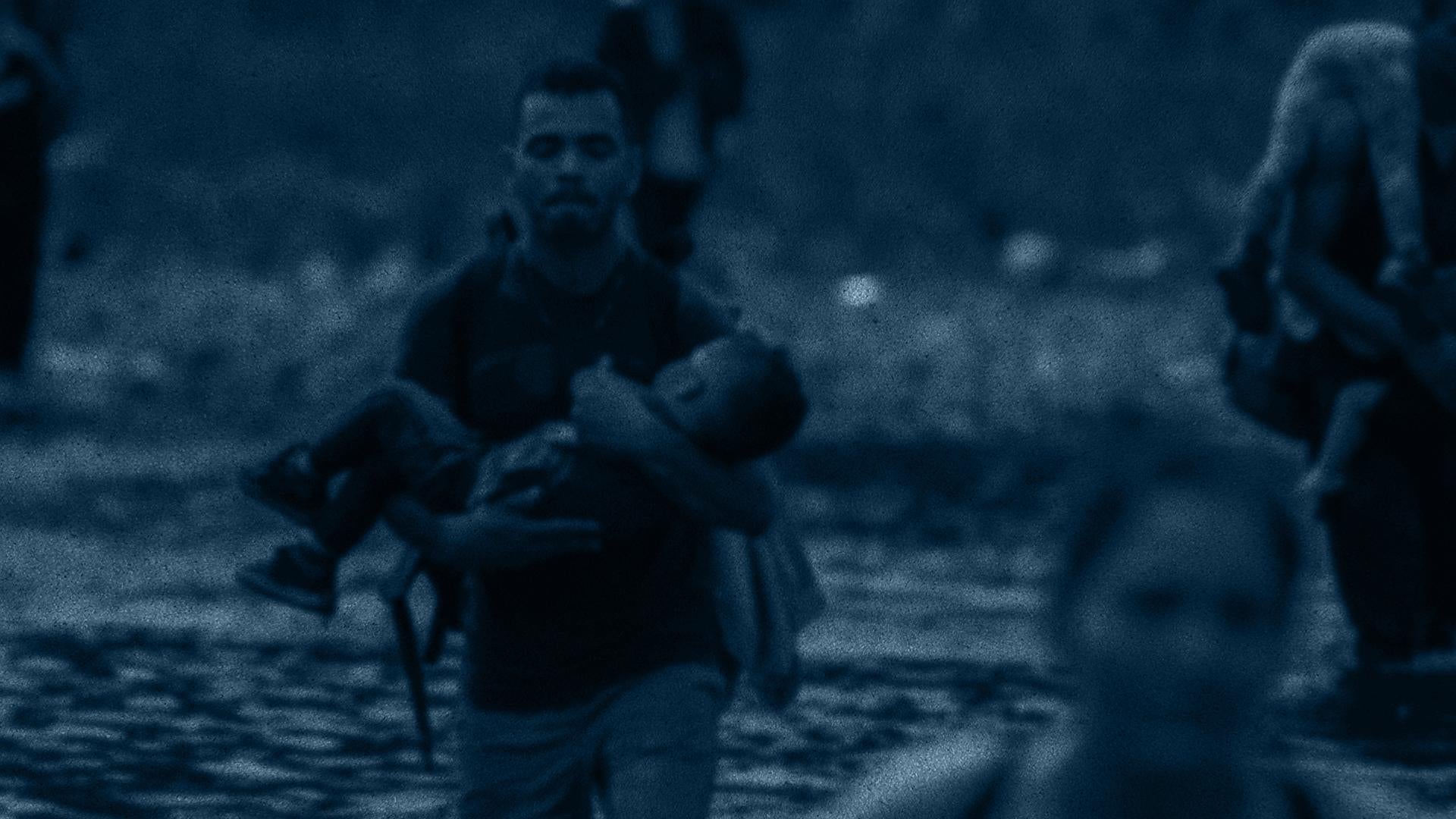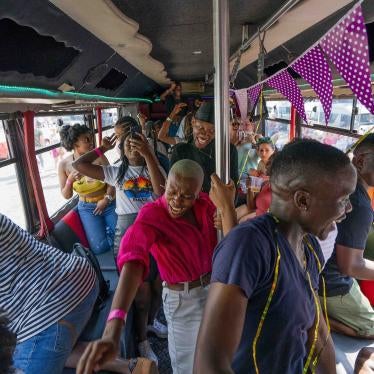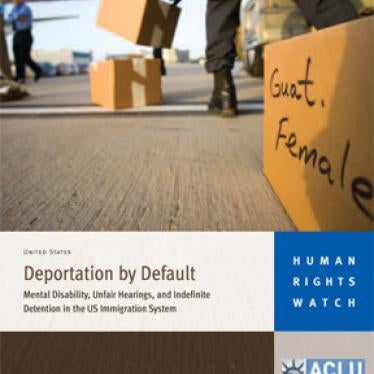European military observers, held captive for over a week in Sloviansk, have been released, but dozens of others remain in captivity, their fate unknown and their lives at risk.
Russia’s envoy, Vladimir Lukin, who managed to secure the release of the seven Organization for Security and Co-operation in Europe observers and their Ukrainian colleagues, said at his press conference in Donetsk that the other captives held by the anti-Kiev forces in Sloviansk “were not part of his mission.”
Well, the quick release and well-being of the remaining captives should be part of everyone’s mission.
Since April 13, 2014, anti-Kiev forces abductedmore than 50 people – Ukrainian and foreign journalists, activists, local officials, and members of Ukraine security forces. Some have been released, but the fate and whereabouts of at least two dozen of them remain unknown.
Most are believed to be held in the office of the Ukrainian security service, SBU, in Sloviansk, which the anti-Kiev forces turned into their headquarters.
Statements by the released captives, as well as images released by the captors themselves, suggest that the detainees had been subjected to ill-treatment and some may have been tortured.
On April 26, commanders of anti-Kiev forces demonstrated to the media three captured officersof the Ukrainian SBU, their faces covered in blood, eyes tightly blindfolded with plastic wrap, hands bound, and pants removed.
A Ukrainian photojournalist, Yevhen Hapych, and his brother Gennadiy, who were held for several days in the SBU in Sloviansk, said in a media interview that the captors held them in a damp cold cellar. They said they saw another detainee whose back and face were covered in bruises and fingers broken. Yevhen said one of the captors kept gliding his knifeacross his throat, telling him he had two hours left to live.
Another released detainee reported that the captors tried to strangle him with a Ukrainian soccer team fan scarf they found in his car, and threatened to kill him. He also said that the captors took him to the SBU building in Sloviansk where he saw over 20 other captives, some of whom were badly beaten, and at least one had two broken ribs and had a serious wound on his arm. The detainees, he said, were kept blindfolded at all times, had nowhere to sleep, had to sit on the wooden bench, and were fed once a day. All were constantly threatened with death.
Other released detainees and the relatives of those still in captivity told Human Rights Watch they were too scared to talk, fearing retaliation from the anti-Kiev forces.
The self-proclaimed mayor of Sloviansk, Vyacheslav Ponomarev, readily admitted to holding captives and told the media they will be exchanged for the detained members of the anti-Kiev forces. He called them “prisoners” and “prisoners of war” – but his forces do not have legal authority to detain or arrest anyone and so his captives are not prisoners, but victims.
So far, nobody has been allowed to see the captives. As the Ukrainian forces are conducting an anti-terrorist operation trying to re-establish control over Sloviansk, the fate of hostages and other captives held by the anti-Kiev forces remains a grave concern.
The fate and well-being of the captives is a shared responsibility now. The captors should know that they are committing a serious crime under Ukrainian and, potentially, under international law, and should immediately release the detainees. Ukrainian forces conducting the operation in Sloviansk should prioritize the rescue of the hostages and exercise utmost care to ensure that no further harm is done to them. But most importantly, Russian authorities and the Europeans who managed to get the OSCE observers out should pursue the release of the other illegally held captives with the same vigor.









